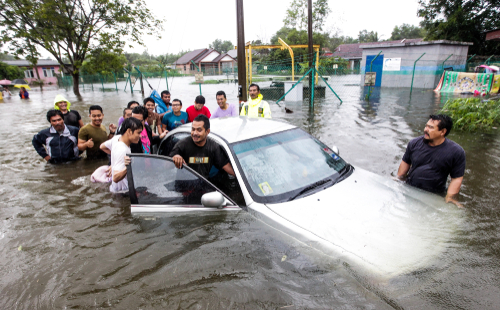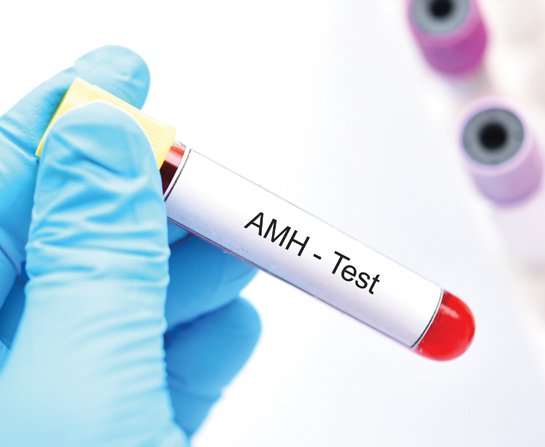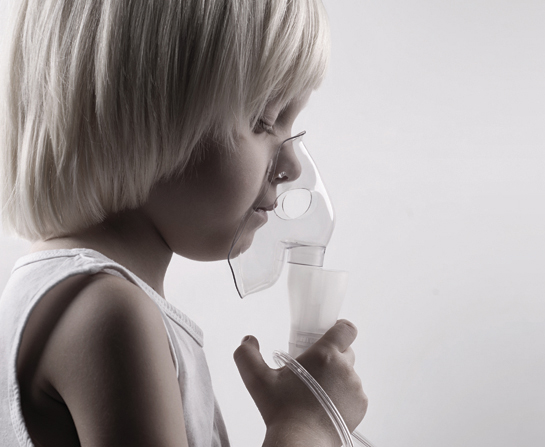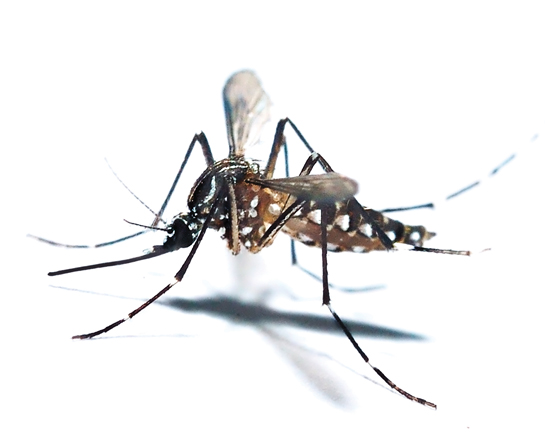WORDS MAK WEN YAO
During the first few weeks of 2019, Thailand experienced a sustained increase in chikungunya infection rate in the southern part of the country. According to Thai health officials, the outbreak was a continuation from 2018. More than 700 cases have been reported for this year mainly from the provinces of Songkhla, Pattani and Phuket.
Chikungunya is an infection caused by Chikungunya virus that is transmitted by Aedes aegypti and Aedes albopictus mosquitos. The chikungunya virus is passed to humans when a bite from an infected mosquito breaks the skin and introduces the virus into the body. In other words, the virus spreads from an already infected human to a mosquito, and then to another human. These mosquitoes feed mainly during daytime and can be found both indoors and outdoors. The mosquitos can also potentially transmit dengue and Zika virus.
The chikungunya disease was first described in southern Tanzania in 1952 where the name ‘Chikungunya,’ derived from the Makonde language that means ‘to become contorted,’ was used to describe the clinical appearances of patients who suffer terrible joint pains.
The disease mainly affects people living in Africa, Asia and the Indian subcontinent where outbreaks occur from time to time. Malaysia and Thailand are no exception.
Signs & Symptoms
Not all infected individuals will exhibit signs and symptoms of the disease. According to the U.S. Centers for Disease Control and Prevention (CDC), 3% to 28% of people remain asymptomatic. On the other hand, patients who develop symptoms of the disease will first undergo a period of incubation that typically lasts three to seven days.
Two symptoms characterise the disease: the sudden onset of high fever, where the temperature ranges above 39ºC, and joint pains. Typically, fevers will last for several days (up to one week). Some patients may experience what is called a ‘biphasic fever’ where the initial temperature surge lasts for several days, subsides, and then spikes for the second time.
Joint pains are generally severe and sometimes can be debilitating. Multiple joints from both sides, commonly those in the hands and feet, are involved and pain usually occurs symmetrically. Chikungunya patients may also experience other symptoms such as headache, muscle pain, nausea and vomiting, or develop rashes on their body.
These signs and symptoms are not unique to chikungunya, unfortunately. In endemic areas with concomitant dengue or Zika outbreaks, chikungunya may be indistinguishable with others. According to a recent systematic review – a type of rigorous scientific methodology that aggregates all available results from the literature to summarise the findings and possibly conclude on the strength of the evidence – showed that clinicians tend not to confirm their diagnosis through laboratory testing. Most commonly, dengue infection would be assumed when a patient exhibited these signs and symptoms.
The high likelihood of being misdiagnosed have some adverse consequences to the patients. The prescription of pain killer to alleviate joint pain may be withheld unnecessarily in patients misdiagnosed as having dengue, thus denying the patients an appropriate treatment to relieve pain.
Chikungunya patients may also suffer joint pain for a considerable period even after the infection has subsided. A 3-year study produced by the Pasteur Institute in France demonstrated that as many as 60% of patients would still suffer joint pains that were highly debilitating from time to time. Pains were mostly reported to affect fingers, wrists, knees and ankles.

Complications
Chikungunya infection does not evoke as much fear as other similar diseases, but the lack of the fear factor should not mask the underlying possibility of severe complications no matter how remote the chances are.
In addition, not all infected patients share the same risk to develop adverse complications from the disease. Several groups have been identified as having increased risk for severe clinical outcomes, including newborn children who are exposed to the infection during childbirth, adults who are aged 65 years and above, and individuals who have concomitant chronic medical conditions such as high blood pressure, diabetes or heart diseases.
Death occurs rarely and is mainly confined to older individuals who are relatively frail at disease onset. The fatality rate of chikungunya has been reported to range between 0.02% and 0.1% and is generally considered as a non-fatal disease.
Several complications that involved the skin or the mucous membrane, such as lesions or hyperpigmentation (the darkening of the skin colour in a mottled fashion), has been reported as the atypical manifestations of the virus infection. Other uncommon complications that affect the nerves, eyes, kidney and the cardiovascular system have been reported.
Pregnancy does not directly increase the risk of suffering a severe illness, and pregnant women do not transmit the virus to their baby directly in the womb. However, the risk of transmission becomes elevated during the process of childbirth, where such a risk peaks if the women are symptomatic during the delivery (defined as 2 days before or after delivery). Furthermore, analysis of previous outbreaks indicated that chikungunya fever may increase the risk of abortion in the first trimester.

Treatment
Thus far there is no effective treatment or vaccine that can be used against the chikungunya virus, unfortunately. Conventional clinical management mainly revolves around alleviating the symptoms, including maintaining enough hydration and controlling fever with medicine.
Joint pain is typically managed by the administration of nonsteroidal anti-inflammatory drugs (NSAIDs), a class of painkiller that can also reduce inflammation around the joints. Doctors do tests to rule out the possibility of dengue infection, however, as NSAIDs could cause severe complications in these individuals.
Research is currently underway to identify compounds that can cure chikungunya. A recent discovery from the University of São Paulo revealed that sofosbuvir, an antiviral used to treat hepatitis C, could also eliminate the chikungunya virus. More research will be needed to ascertain its safety and efficacy for widespread use in the country.
Until these new drugs can be readily deployed in endemic areas, prevention of mosquito bites is still the best prophylactic measure against chikungunya. Research has shown the mosquito vectors bite both during the day and night, and are active indoor and outdoor, thus round-the-clock prevention is needed when travelling to endemic areas.

Insect repellents are effective against mosquito and are safe for use by pregnant or breastfeeding mothers. CDC has published a list of active ingredients that could be used, including DEET, picaridin, and the oil of lemon eucalyptus. Travelers may need to consider avoiding places with ongoing outbreaks. If travel is unavoidable, protective measures should be prioritised. HT
References:
1. Herriman R. Thailand: Chikungunya, dengue and measles during the first 3 weeks of 2019. Retrieved from http://outbreaknewstoday.com/thailand-chikungunya-dengue-measles-first-3-weeks-2019/.
2. Staples JE, et al. Chikungunya. Retrieved from https://wwwnc.cdc.gov/travel/yellowbook/2018/infectious-diseases-related-to-travel/chikungunya.
3. Lumsden WH. (1955). An epidemic of virus disease in Southern Province, Tanganyika Territory, in 1952-53. II. General description and epidemiology. Trans R Soc Trop Med Hyg;49:33–57.
4. Mohan A, et al. (2010). Epidemiology, clinical manifestations, and diagnosis of Chikungunya fever: Lessons learned from the re-emerging epidemic. Indian J Dermatol;55:54–63.
5. Furuya-Kanamori L, et al. (2016). Co-distribution and co-infection of chikungunya and dengue viruses. BMC Infect Dis;16:84.
6. Schilte C, et al. (2013). Chikungunya virus-associated long-term arthralgia: A 36-month prospective longitudinal study. PLoS Negl Trop Dis 2013;7:e2137.
7. European Centre for Disease Prevention and Control. Factsheet about chikungunya. Retrieved from https://ecdc.europa.eu/en/chikungunya/facts/factsheet.
8. CDC. Chikungunya – Atypical and severe disease manifestations. Retrieved from https://www.cdc.gov/chikungunya/pdfs/Chikungunya-atypical-severe-disease_Healthcare-provider-factsheet-10-07-2014.pdf.
9. Bonotto RM, et al. (2018). Evaluation of broad-spectrum antiviral compounds against chikungunya infection using a phenotypic screening strategy. F1000Research;7:1730.
10. CDC. Chikungunya Virus – Prevention. Retrieved from https://www.cdc.gov/chikungunya/prevention/index.html.
 FEATURED EXPERT
FEATURED EXPERT






















